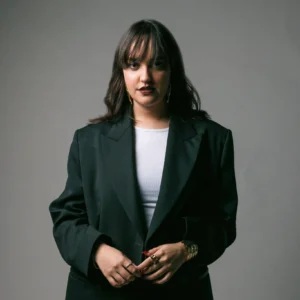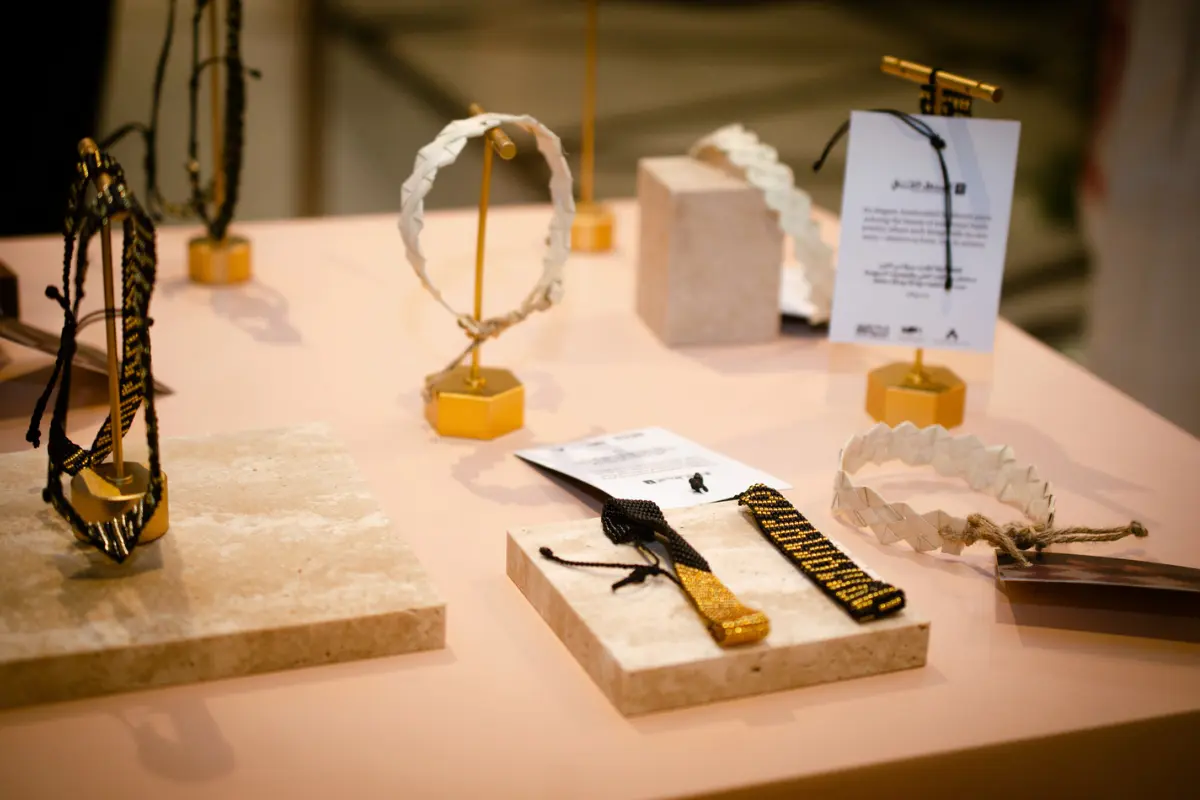Fashion never sleeps, and neither does its revolving door of creative directors. In just a few short months, some of the biggest luxury houses have played a high-stakes game of musical chairs, leaving the industry with a whole lot of questions. Who’s taking over where? What does it mean for the future of these brands? And, most importantly, will we ever see more women in these top roles, or are we just watching the same set of men reshuffle their LinkedIn job titles?
The first shake-up of the year came at Maison Margiela, where John Galliano stepped down after a decade of theatrical couture. In his place, Glenn Martens—known for his work at Diesel and Y/Project—was appointed, promising a fresh take on deconstructed, experimental luxury.
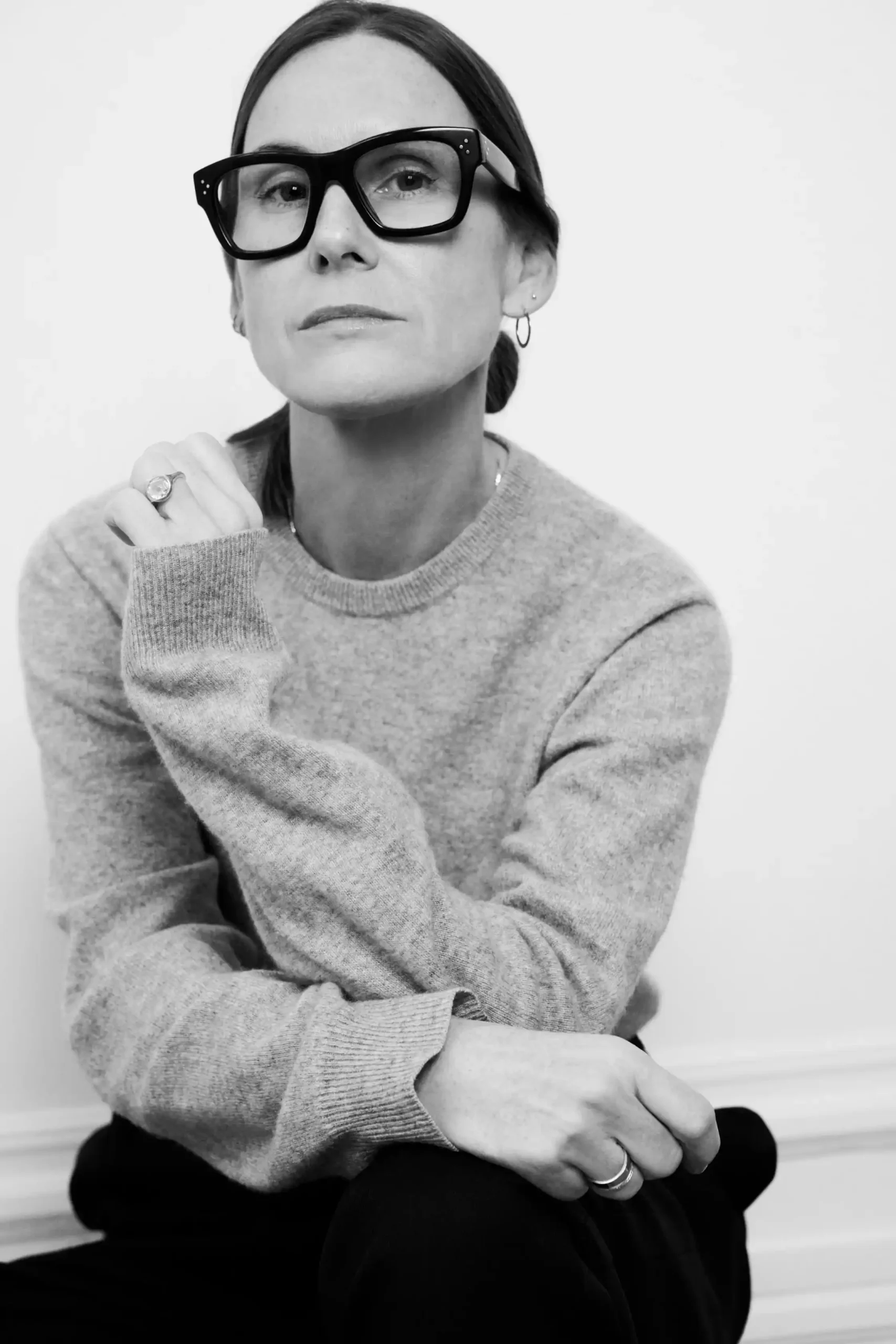
Over at Bottega Veneta, Louise Trotter steps in following Matthieu Blazy, whose tenure redefined the house’s leather craftsmanship and cemented its place as a leader in modern luxury. As the first woman to lead the house in decades, her arrival fuels hope for fashion’s slow progress in balancing its creative leadership.
Speaking of Blazy, he didn’t stay unemployed for long. Chanel scooped him up, replacing Virginie Viard, the first female creative director at the house since Coco herself. While Viard’s exit wasn’t entirely unexpected, her departure adds to the growing concern that fashion’s powerhouses are still more inclined to place men in these roles.
Then came the Gucci switch-up. Sabato De Sarno’s tenure lasted barely a year, making way for Demna, who now has the task of reviving Gucci’s influence after his headline-grabbing tenure at Balenciaga. The move is reminiscent of the Alessandro Michele era—Gucci seems to be favouring a more radical approach again, rather than the quiet luxury attempt De Sarno was hired for.
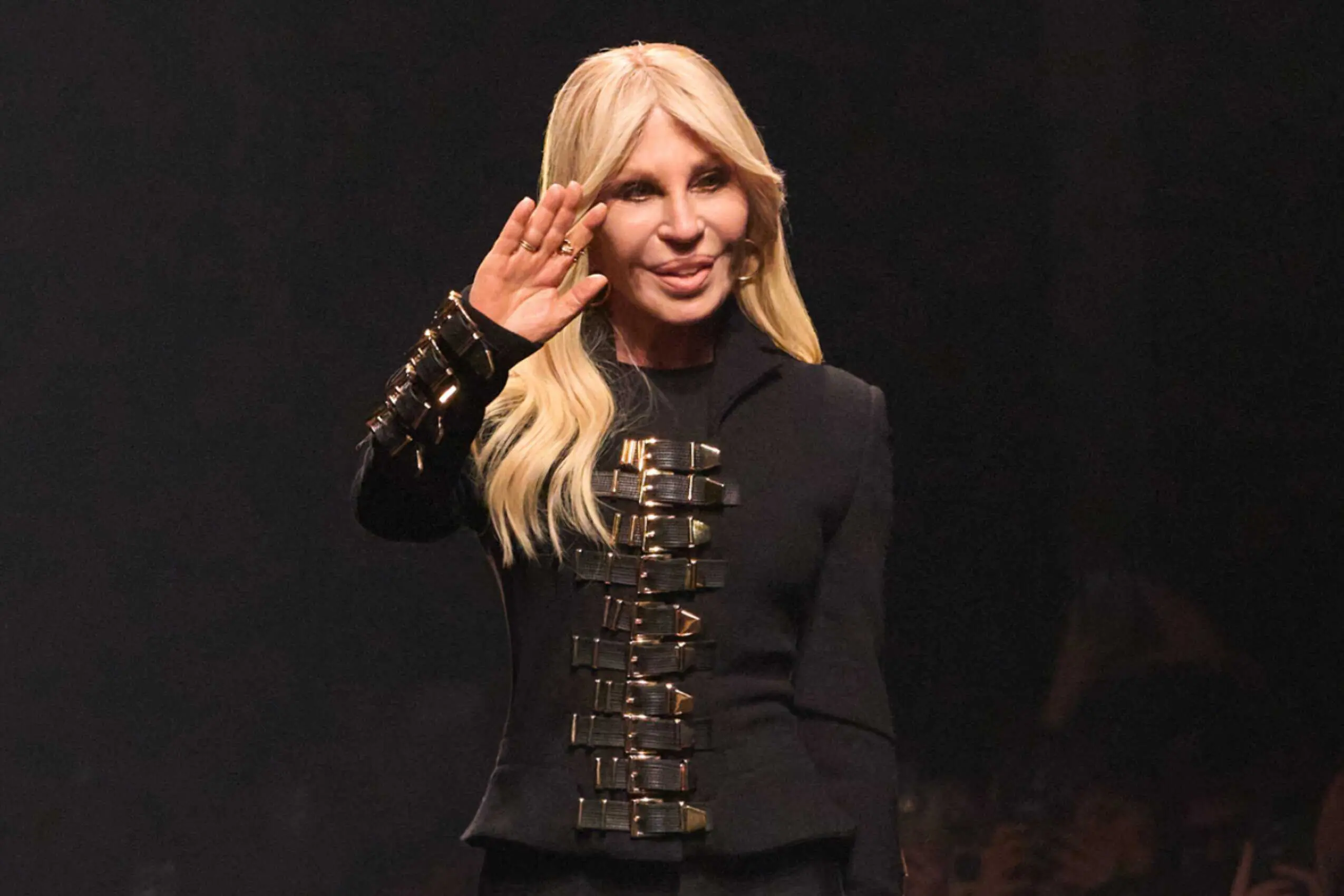
At Versace, a true end of an era: Donatella Versace stepped down after nearly three decades of defining the house’s identity, moving into an honorary brand ambassador role. Her replacement? Dario Vitale, formerly of Miu Miu, which suggests a more restrained, fashion-forward approach to Versace’s traditionally bold DNA. Donatella’s departure marks the exit of one of the few women who have held creative control at a major fashion house for decades.
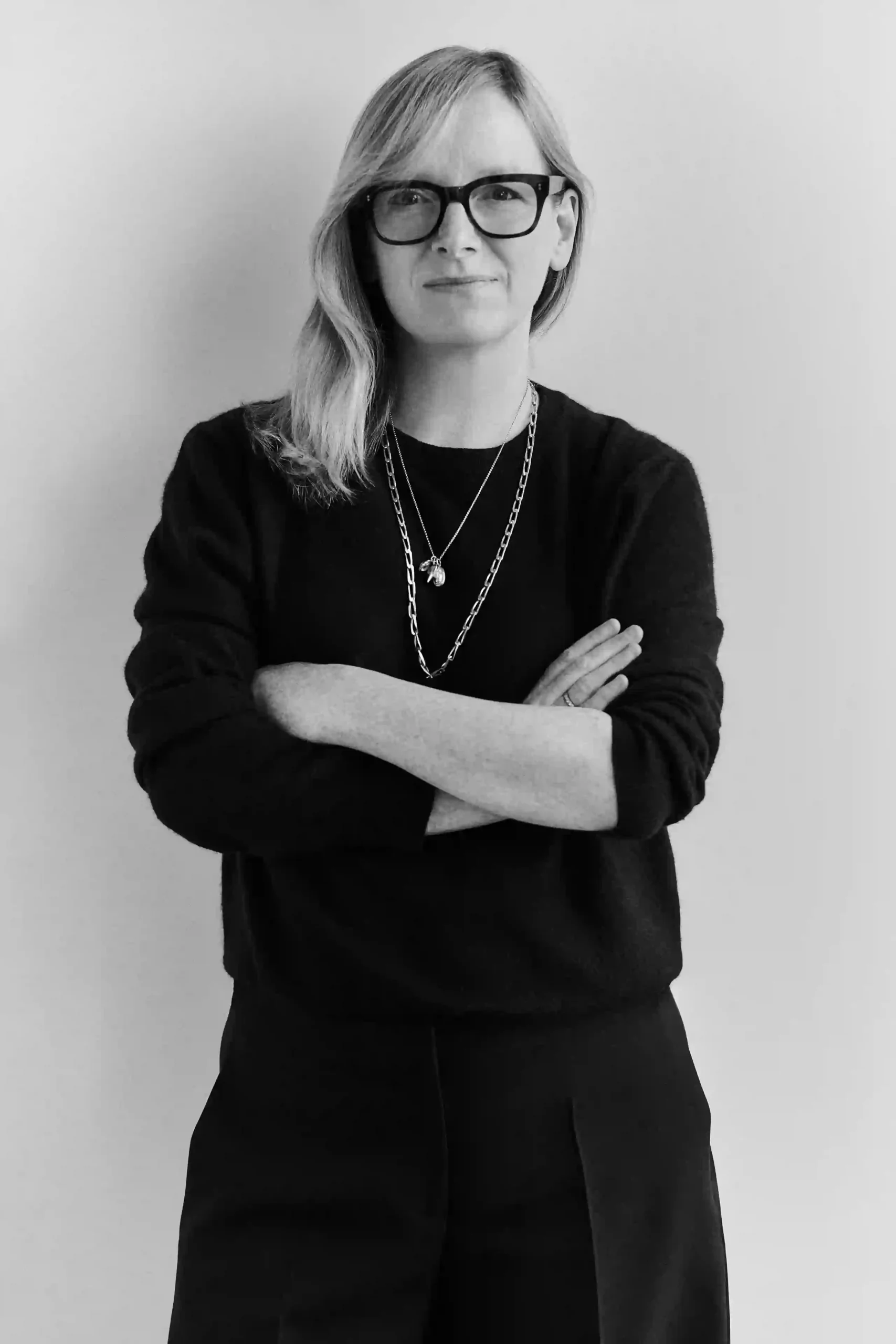
Givenchy, on the other hand, finally made a move that felt long overdue. Sarah Burton, fresh off her stellar tenure at Alexander McQueen, was appointed as creative director. If her past work is anything to go by, we can expect razor-sharp tailoring, gothic romance, and a return to the brand’s structured roots. Burton is a rare case: a woman who has been trusted with two major luxury houses in her career.
And then, the wildcard—Jonathan Anderson’s exit from Loewe. After 11 years of turning the brand into a surrealist, craft-forward powerhouse, he’s out—and so far, no successor has been named.
Fashion loves to celebrate “diversity” in its campaigns, but when it comes to hiring leadership? The numbers are bleak. As per a recent report from Business of Fashion, women make up the majority of fashion school graduates, yet they still hold fewer than 15% of top creative leadership roles. Instead, we’re watching the same group of men rotate between brands like it’s a highly exclusive game of musical chairs.
This isn’t about a lack of talent—female designers have shaped fashion for decades. Miuccia Prada, Phoebe Philo, Rei Kawakubo, Maria Grazia Chiuri—they’ve proven that women can redefine entire brands and even rewrite industry standards. And yet, when major houses reshuffle, men are still favored for leadership positions. The pattern is impossible to ignore.


